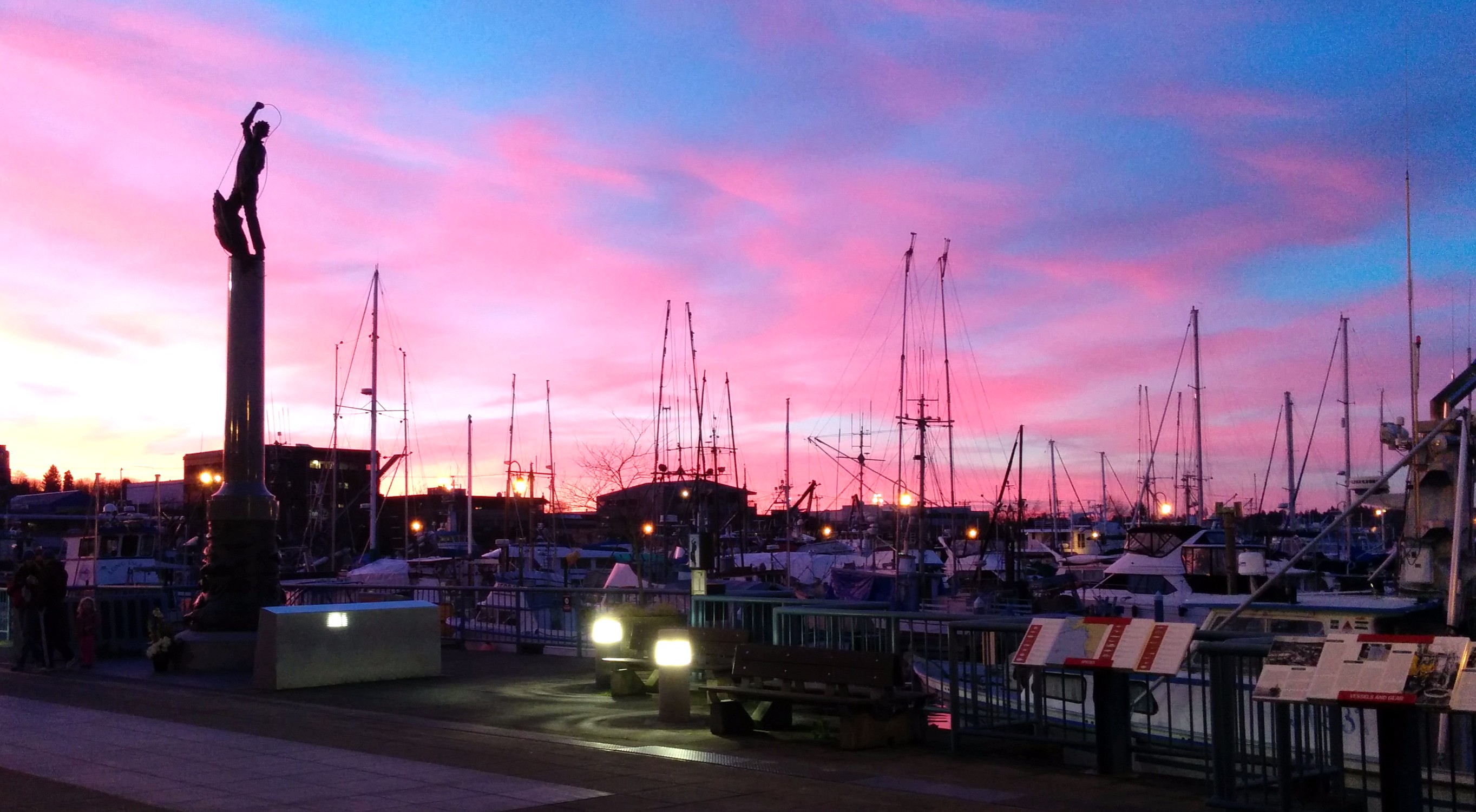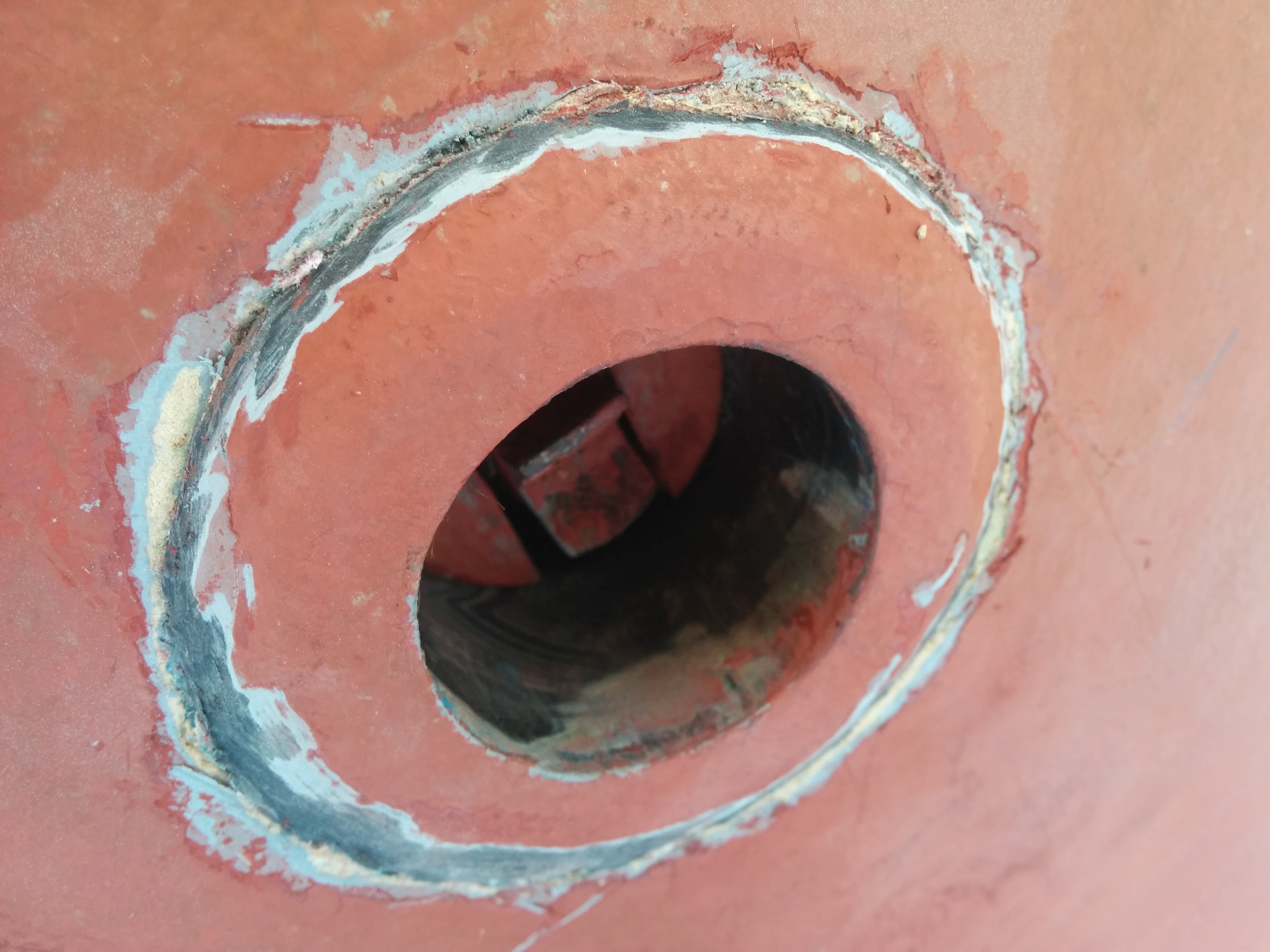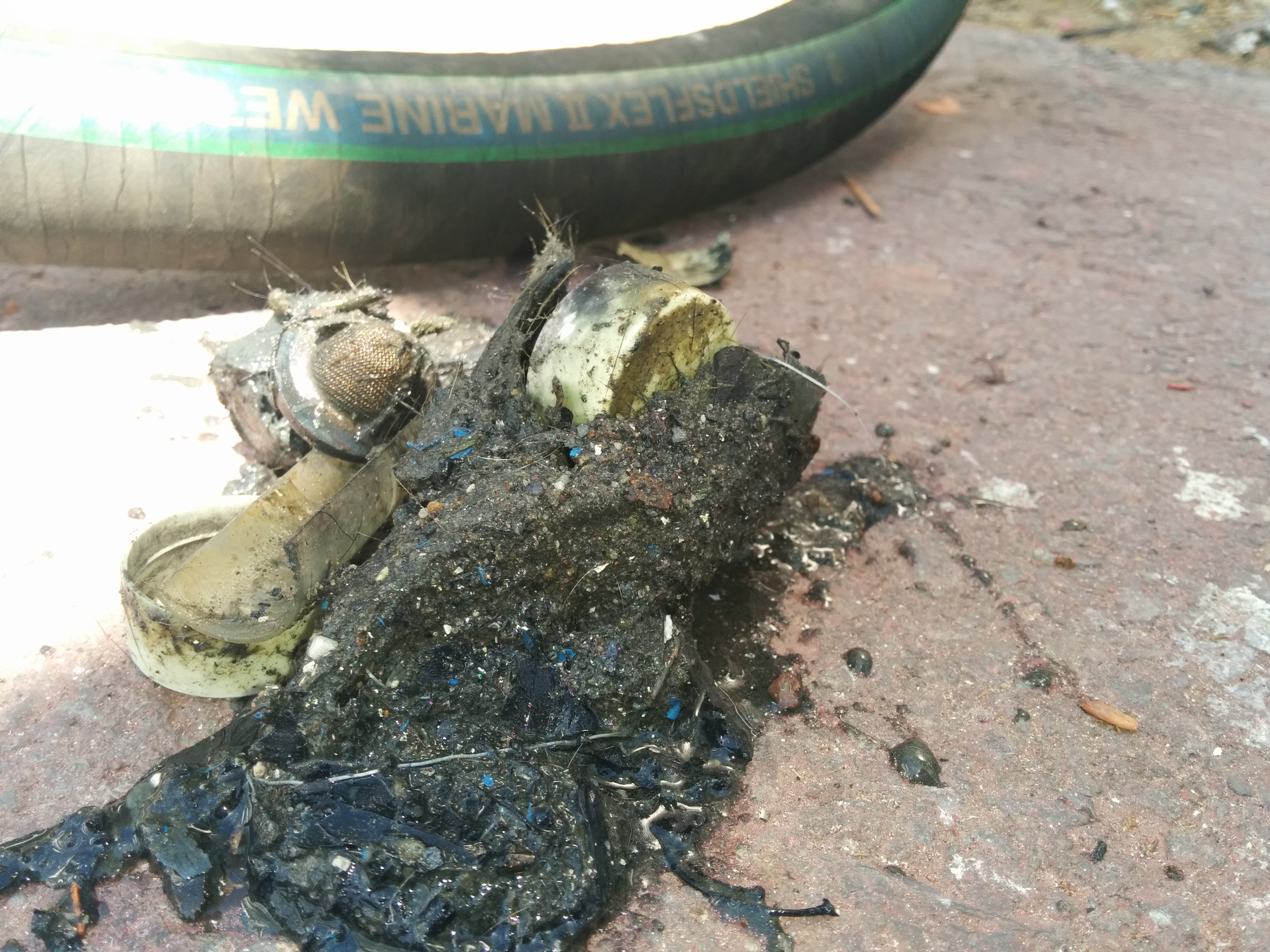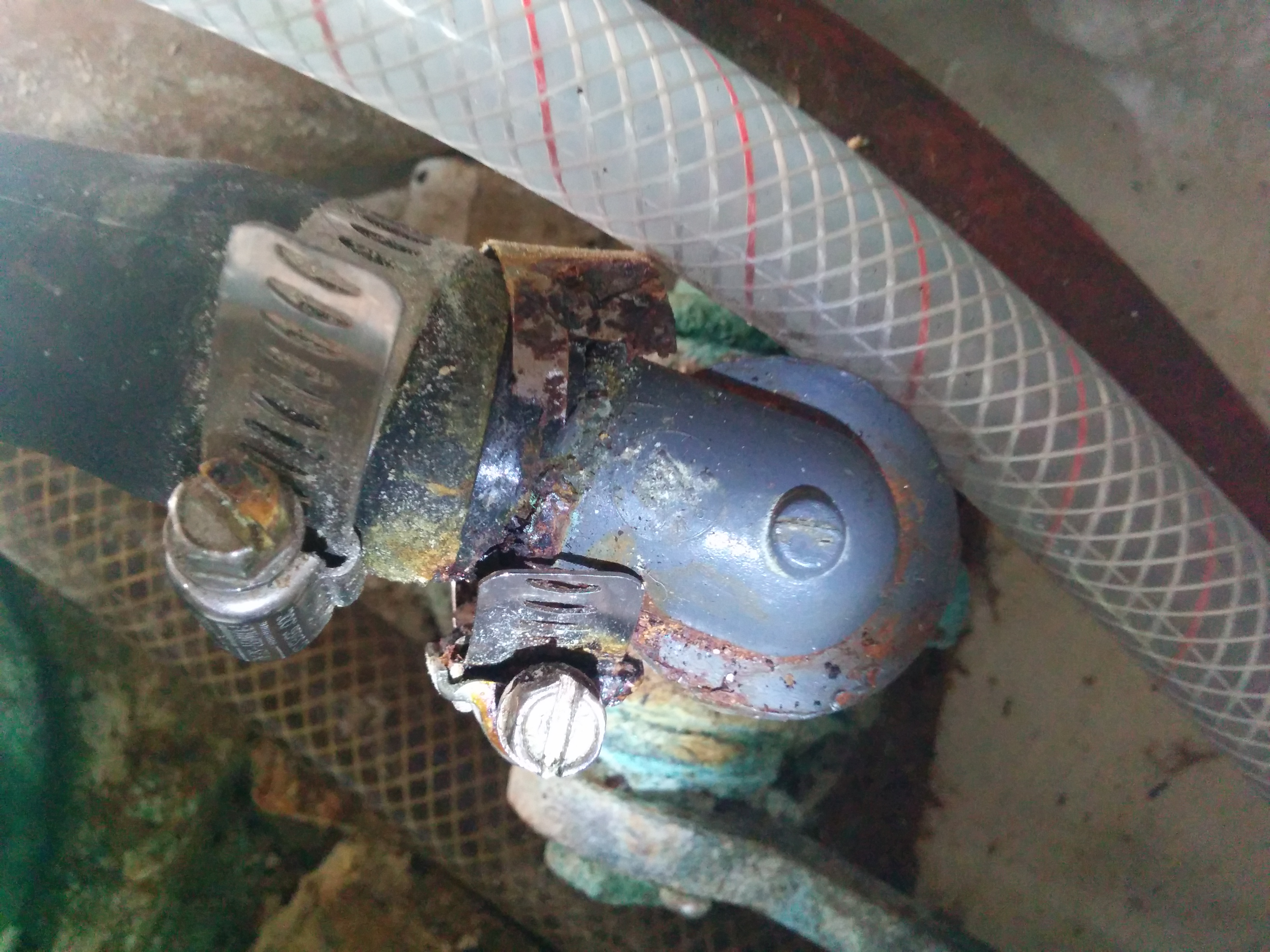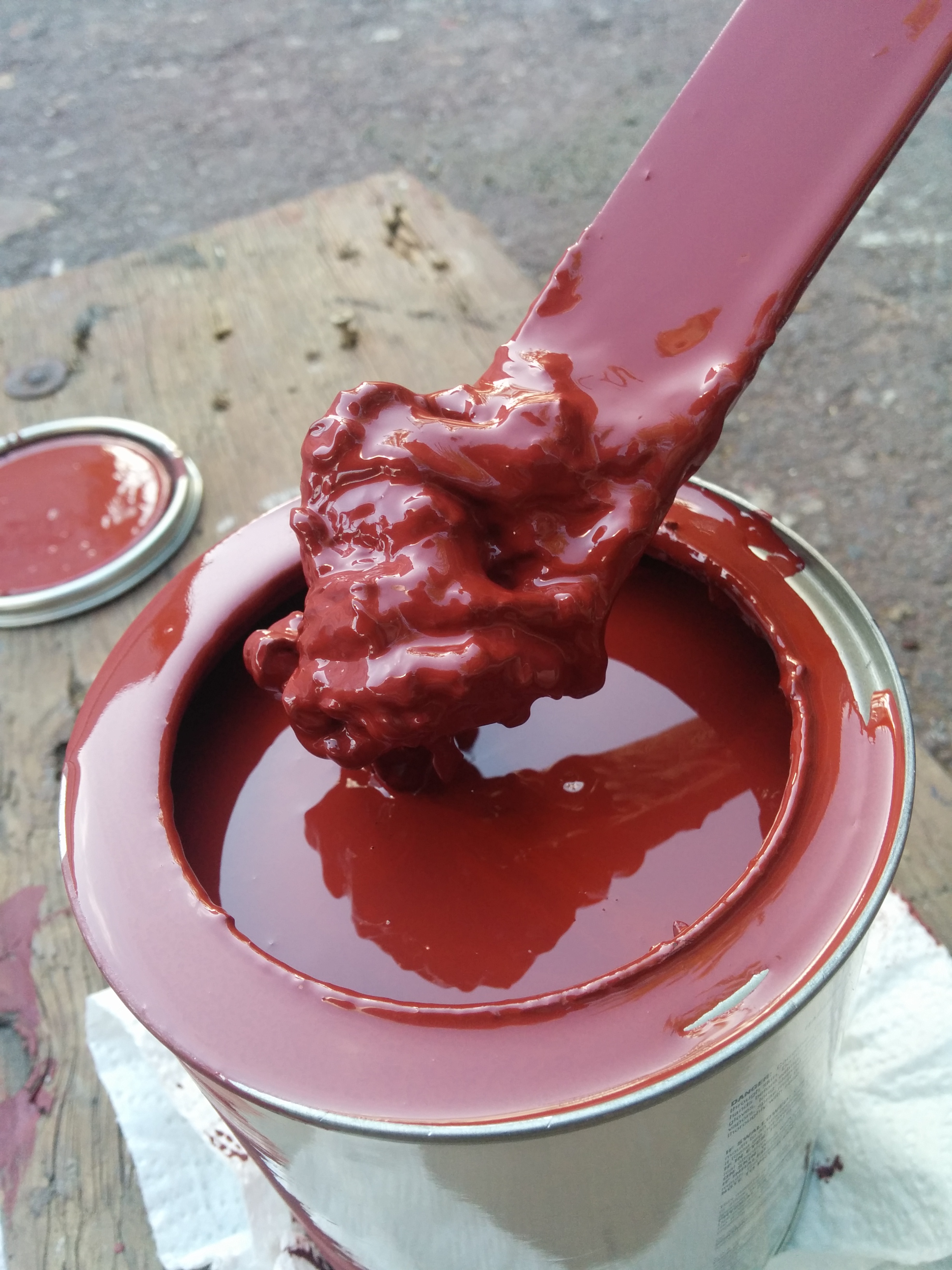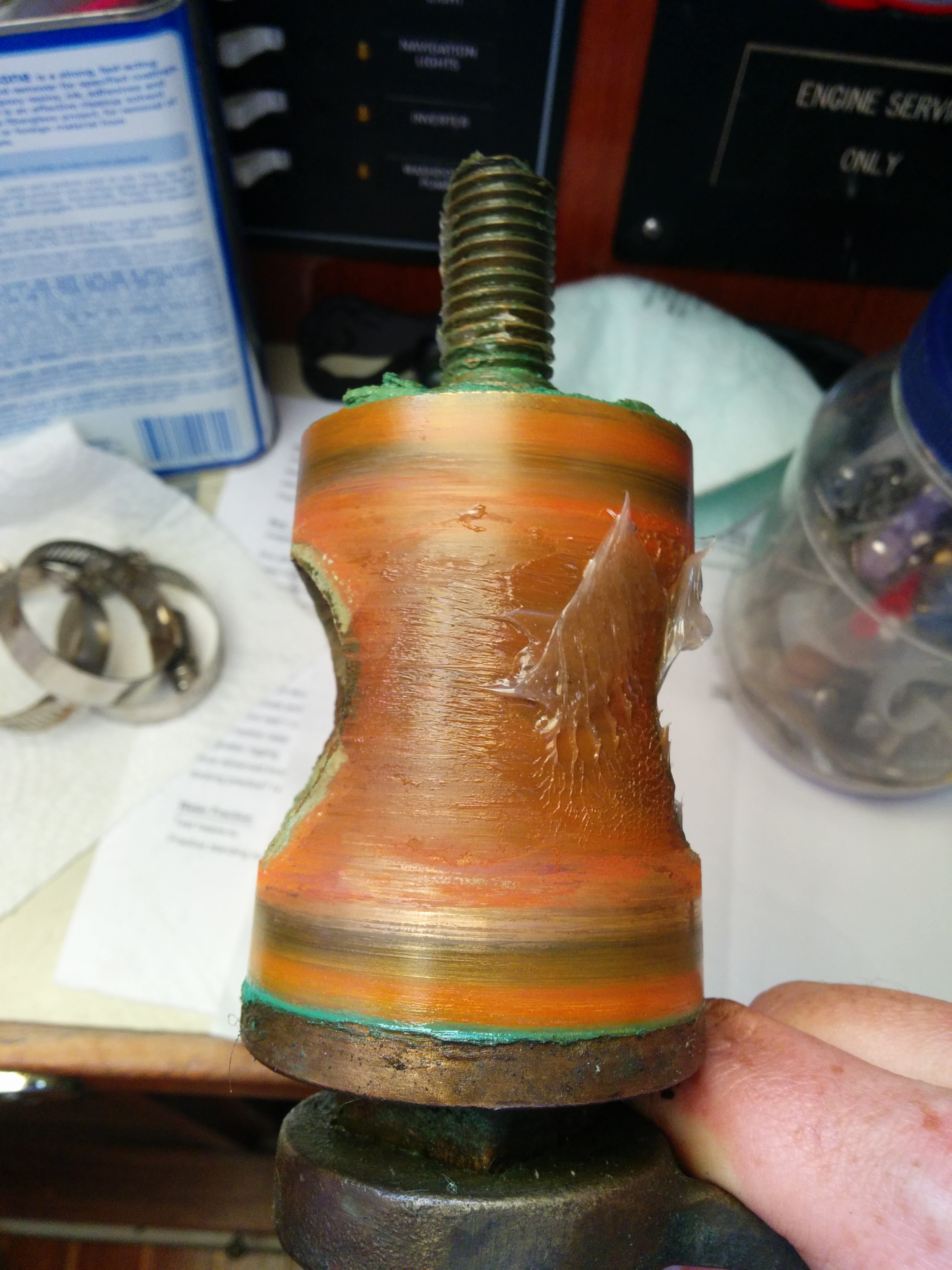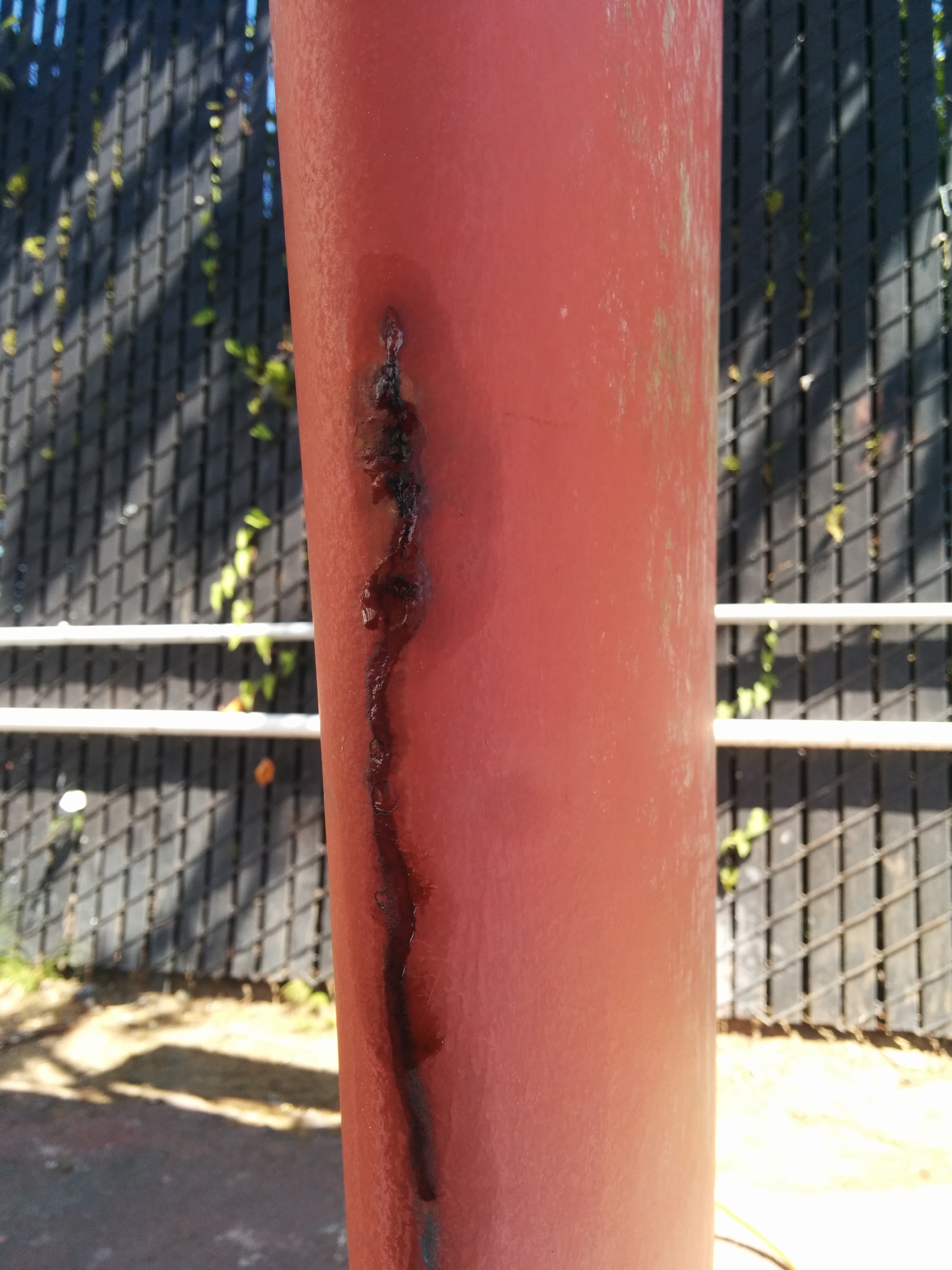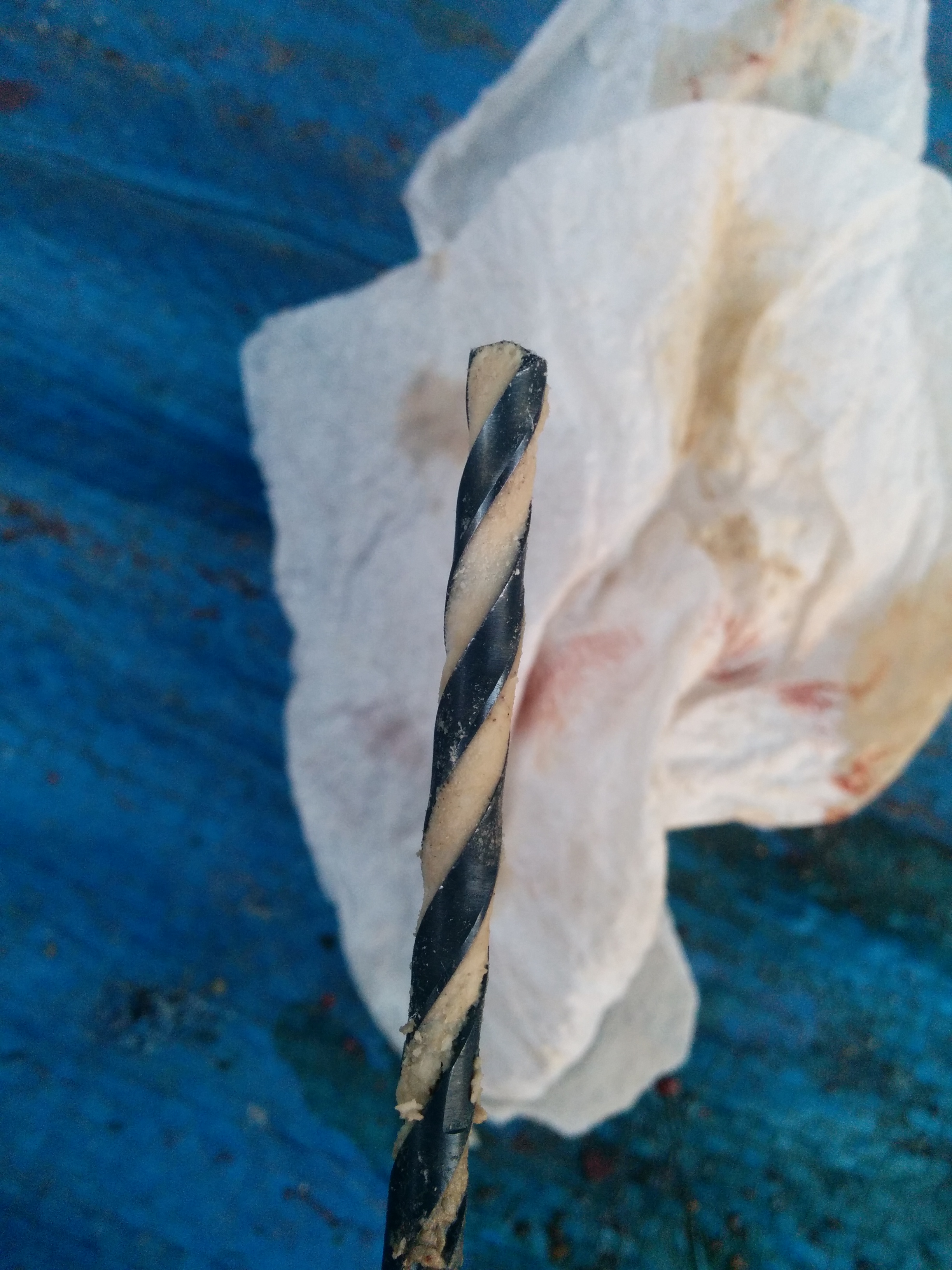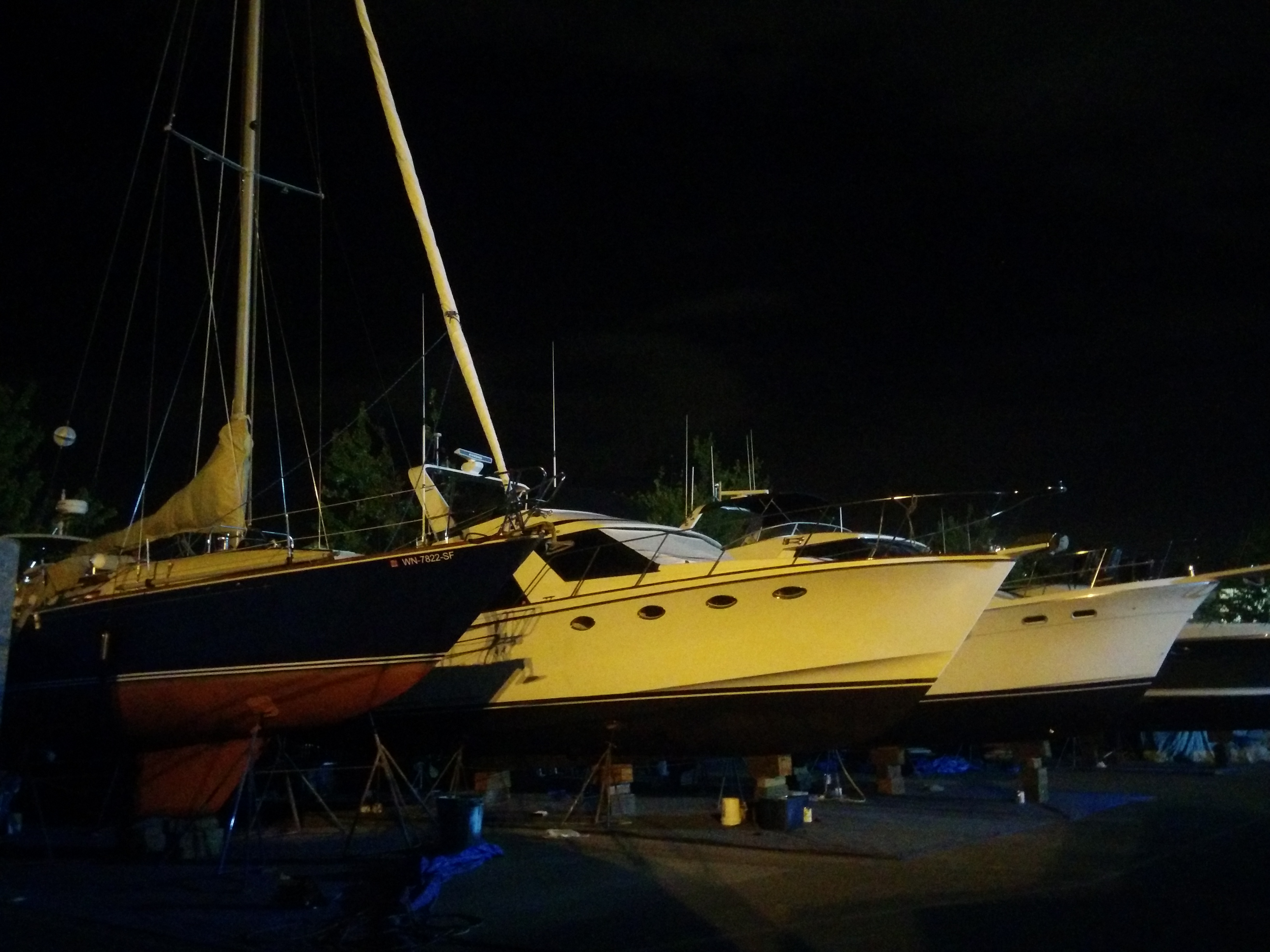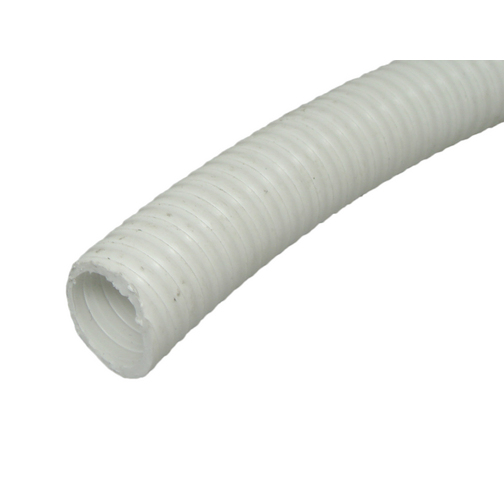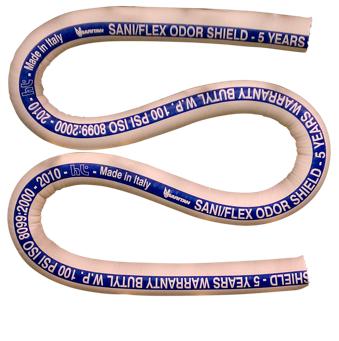With our departure for Vancouver Island coming up in 2 weeks, we likely won’t be returning to Fishermen’s Terminal marina, our boat’s home for the last 4 months. When we get back in August it’ll be to Elliott Bay marina, and eventually Shilshole. Shilshole has a 10 month wait list, so we’ll be waiting till the winter for that.
But Fishermen’s Terminal has treated us well, and we will miss it.
Here’s what we liked about Fishermen’s Terminal:
- Great location in Ballard that is a quicker commute from work+home than Elliott Bay marina or Shilshole. Easily bikeable.
- A great pub – the Highliner – at the marina. Shilshole doesn’t have anything like that – the nearest is Ray’s a half mile away. Highliner has at least 10 good beers on tap all the time and some really good food (try the black cod, fish tacos, mussels, clams, nachos, pulled pork mac+cheese). We enjoyed many happy hours and dinners there after a sail or a project day.

The special this week at the Highliner – salmon cooked to a perfect medium rare, with a pesto sauce and pasta in a cream sauce.
- Big wide slips with nice concrete docks, and very sheltered from wind and waves.
- Fresh water, so your hull bottom stays super clean! When we hauled out in June, the bottom was cleaner than it was in January in Vancouver.
- Cheaper moorage than Shilshole or Elliott Bay.
What we didn’t like:
- Going through the Locks to get out to the Sound. This took longer and was more stressful than expected, enough so that it deterred us from sailing in the Sound more frequently and going to Lake Union instead.
- Being disconnected from the sailing community. There are only about a dozen sailboats at Fishermen’s Terminal, and about 40 recreational powerboats. Compared to the probably 1000+ sailboats at Shilshole, this isn’t much. The few sailboats that are at Fishermen’s Terminal are mostly inactive – their owners are just storing them there, or working on them. In the 4 months we were there, I never once saw a sailboat enter or leave the marina. There was one trimaran I saw go out. Because there’s not much sailing activity, we missed out on some of the impromptu dock chats and learning that can happen with other sailors.
- Not many marina amenities. No storage bins, no WiFi, the bathrooms get locked at 9pm, and we never did figure out how we would get into the showers + laundry, given the marina office changes the code daily (but we didn’t end up needing them).
What we worried about but wasn’t an issue:
- No gates for the docks, so not as secure as other marinas.
Overall Fishermen’s Terminal is a great marina and we might return someday – it would be ideal for a few months in the winter when we won’t be sailing as much.
